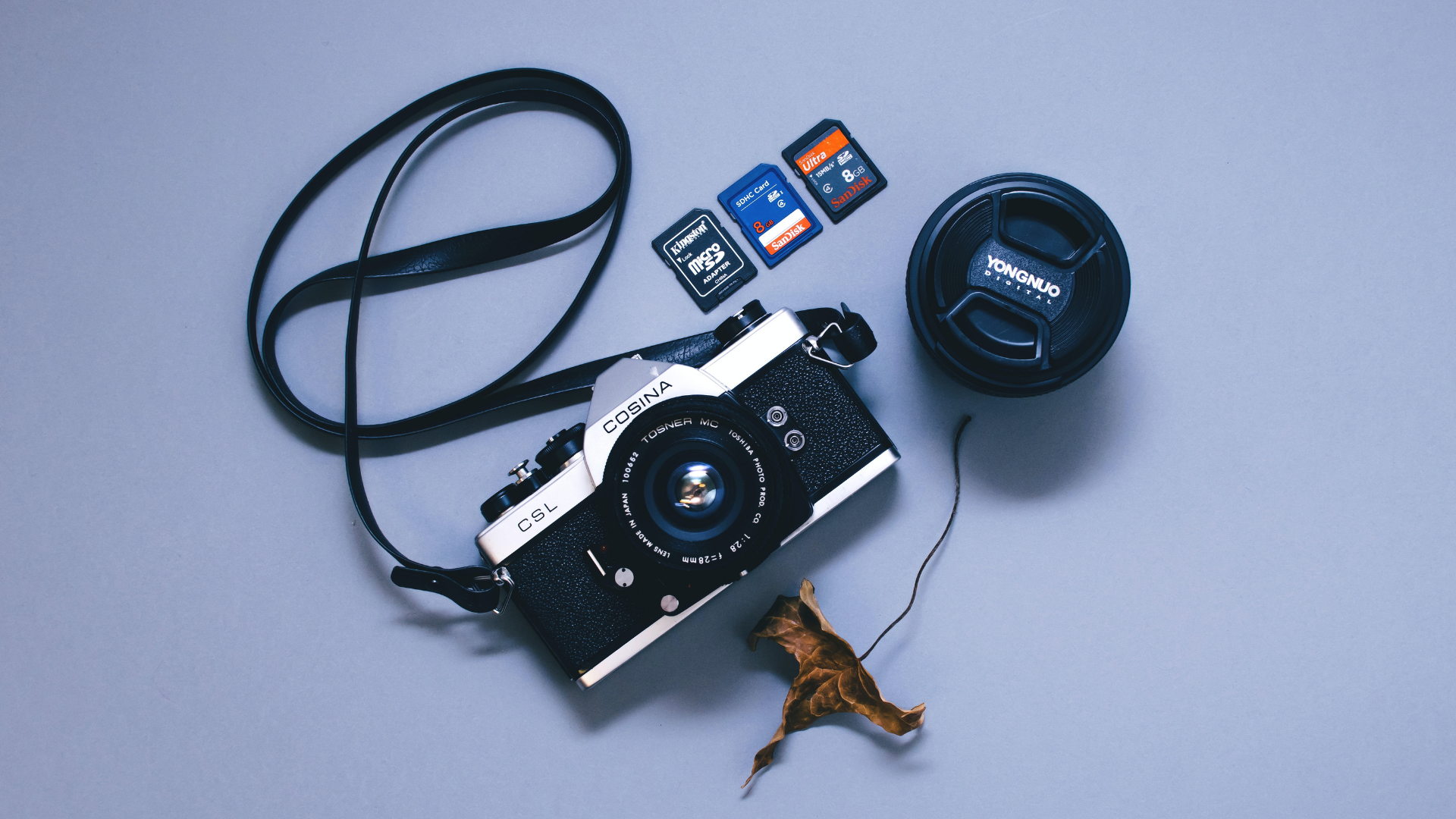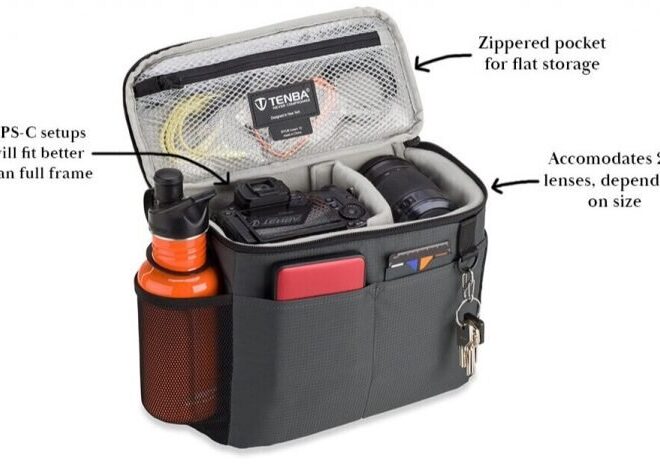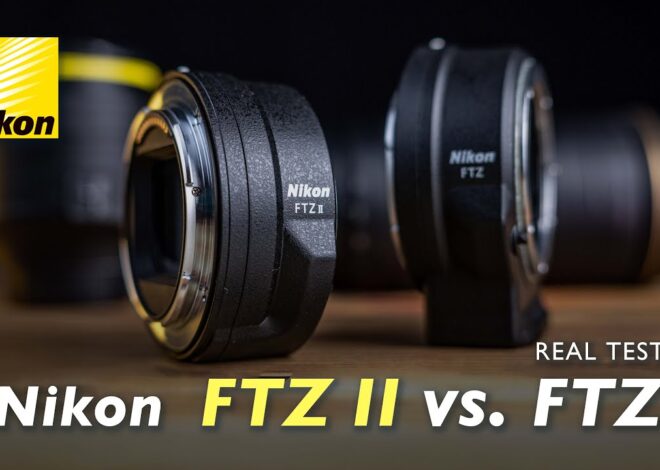
The Key Differences Between aspect ratio 3:2 vs. 16:9
As an Amazon Associate, I earn from qualifying purchases.
An aspect ratio means the ratio of the dimensions of an image. The aspect ratio is the comparison between images’ height and width. Initially, a camera’s sensor determines the aspect ratio of an image. Today we will be comparing 3:2 vs 16:9 aspect ratios.
16:9 aspect ratio means 16 inches in height and 9 inches in width. Same for 3:2 meaning 3 inches in height and 2 inches in width. Mainly 3:2 is used in mobile photos and 16:9 in laptops, posters, banners, and television.
In this article, I’ll talk about aspect ratios and the difference between the 16:9 and 3:2 aspect ratios. Till then stay with me. Let’s go!
Aspect ratio 3:2 vs. 16:9: Comparison Table
16:9 aspect ratio is widely used in most laptops and desktop monitors. It is also used for cinema and television. 3:2 is mostly used in mirror cameras. Now, let’s see what the other differences are between these cameras’ features:
| Feature | 16:9 | 3:2 |
| Display | Rectangle widescreen | A comparatively narrow rectangle screen |
| Video quality | High-definition video (HD) | Full-frame |
| Using ability | The most simplified form of the ratio. | Allows framing of a very wide scene |
| Platform | Standard format for cinema, online streaming, and television setups and platforms. | Mirrorless cameras, full-frame cameras |
| Quality | Display higher quality imagery in many aspect ratios. | Higher quality but crops image on wide screens. |
| Best for | Video | Photo |
| Resolution | 4K or 3840px by 2160px | 2160px by 1440px |
What are the Key Differences Between 16:9 and 3:2 aspect ratios?
There are many aspect ratios like 1:1, 2:1, 3:2, 16:9 16:10; 15:10, 3:4. Now, we will discuss in detail what 16:9 and the 3:2 are. had in common and their differences.
Platform
Including Mirrorless digital cameras other cameras use the 3:2 aspect ratio based on the 35mm film frame. Entry-level DSLR cameras’ advanced photo system type-C(APS-C) crop sensors use the 3:2 aspect ratios even though they’re smaller than the full-frame ones.
HDTV, non-HD digital television, and analog widescreen television use the 16:9 as an international standard format. Hi-Vision company of Japan started using the 5:3(=15:9) ratio for the first time but later it converted the version to 16:9 to introduce it as an international standard.
The 16:9 aspect ratio is widely used in comparatively big screens. On the other hand, 3:2 is used in comparatively small devices. If you want your image to be used on a big screen which is popular then you should use 16:9.
Resolution
The 16:9 ratio is mostly shoots at 4K or 3840px by 2160px though it is also used in Full HD and 2K or 2160px by 1440px. It is the best for cinema and videos; Television, theater, and big screens mostly use 4K displays.
The 3:2 aspect ratio shoots at 2160px by 1440px. It took its adaptation for 35mm digital cameras. Picture films used to be horizontal instead of vertical.
The 16:9 should use more excellent resolution. But if you want it comparatively narrow, you should use 3:2.
Photo
The 3:2 aspect ratio is considered one of the best choices for photography because it’s the most print-friendly and perfect for social media. The 3:2 ratio is one of the most popular aspect ratios used in modern photography.
On the other hand, the 16:9 doesn’t go with the photos because photos are shot both horizontally and vertically. The 16:9, a wider aspect ratio, doesn’t make sense.
The 3:2 is the best aspect ratio compared with 16:9. You shouldn’t go with the 16:9 because that will ruin your photo.
Video
The 16:9 is a perfect choice for most modern displays like TV, tablets, computer screens, big screens, etc. It shows the full-screen video instead of having black bars around the video.
On the contrary, the 3:2 ratio crops the video, and it shows black bars on both left and right on the display of big screens, TV, and computers. It is not suitable for big productions. However, some social media platforms are using this ratio for video.
The 16:9 is specially made for videography and cinemas. So, I think 3:2 should be put out from video shooting. You should use the 16:9 aspect ratio for video shooting.
Advantages
The aspect ratio of 3:2 has a long history in photography. One of the most frequent print sizes, 4 inches by 6 inches, still applies. The 3:2 screen provides more excellent vertical real estate. So, it is suitable for web browsing and office software.
The 16:9 screen delivers better results in video editing. Showing a playback in full-screen managing the correct aspect ratio is 16:9’s specialty. For streaming, the 16:9 screen is the ideal option.
Disadvantages
The 16:9 ratio is just the top and bottom of the images in the camera. If a photographer uses their camera’s full sensor using the 16:9 ratio, they are losing some resolution of the picture.
The 3:2 ratio is not suitable for video shooting. It has a comparatively lower resolution than other aspect ratios. There are black bars on both sides of the display on big and wide screens. So, image quality on a big display under 3:2 doesn’t satisfy the users.
Should You Buy a 16:9 or 3:2 Aspect Ratio Camera?
Nowadays social media applications are so popular. Most social media apps use the 3:2 aspect ratio for photos as they run on Mobiles and tablets. On the other hand, 16:9 is used in laptops and television displays. And steaming is so popular as well.
If you think of shooting photos that will be used in social media apps or software then you can have a camera that uses a 3:2 aspect ratio. Another use of this ratio is for printing. Which is mostly used for documents and office work. And its vertical real estate is on another level than other aspect ratios.
But if you are a videographer then the 16:9 ratio is the one for you. If your goal is to steam your works on bigger displays then this aspect ratio is ideal. Because showing a playback in a full-screen display without having difficulties is this aspect ratio’s advantage.
Conclusion
By now, I have discussed enough of the 16:9 and 3:2. The differences between them are in the image’s shape, resolution, quality, frame rate, and some other factors.
There may not be much of a difference between an image with a 16:9 aspect ratio and one with a 3:2 aspect ratio. You’ll realize how much a tiny parameter can change everything by displaying both results on the same screen.
Although it depends on you whether you use 16:9 or 3:2, I tried to help you with my research.
Related Posts:



